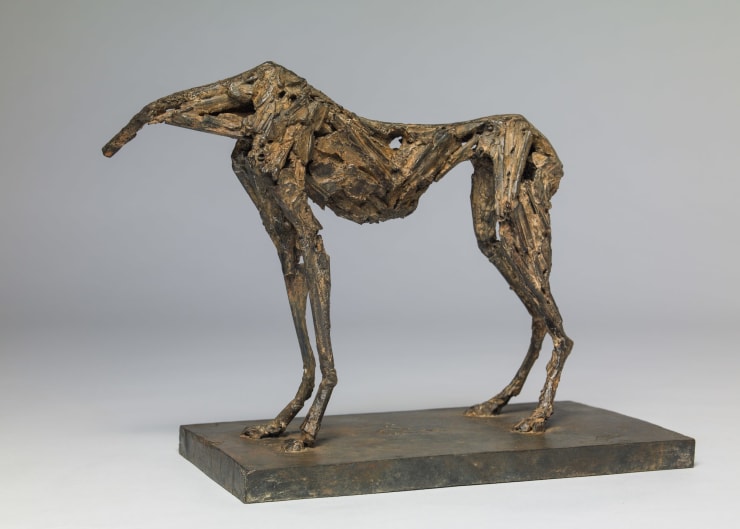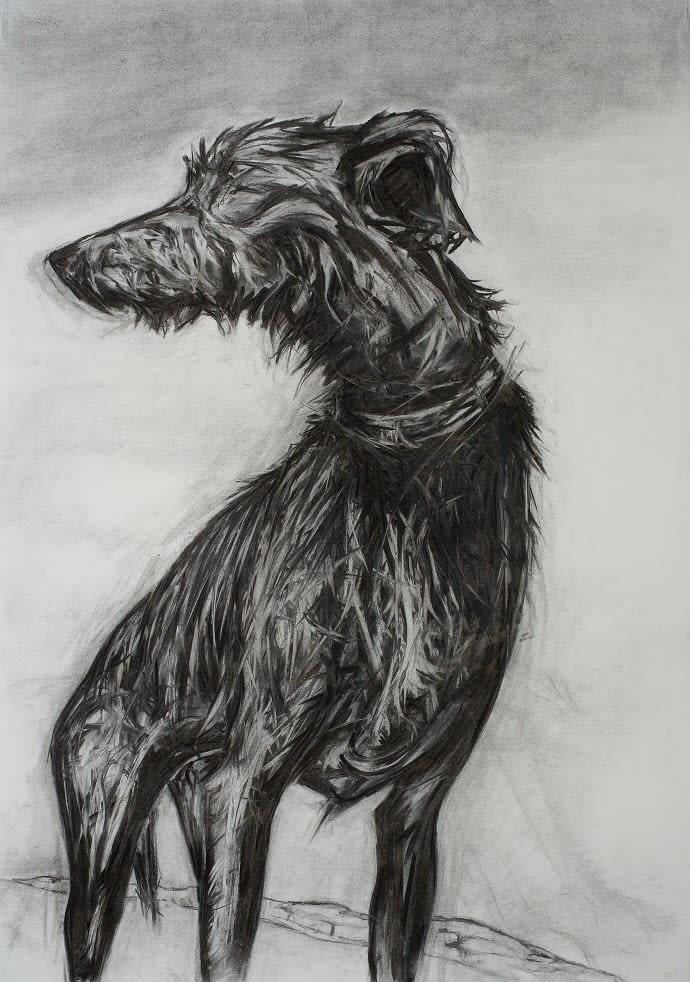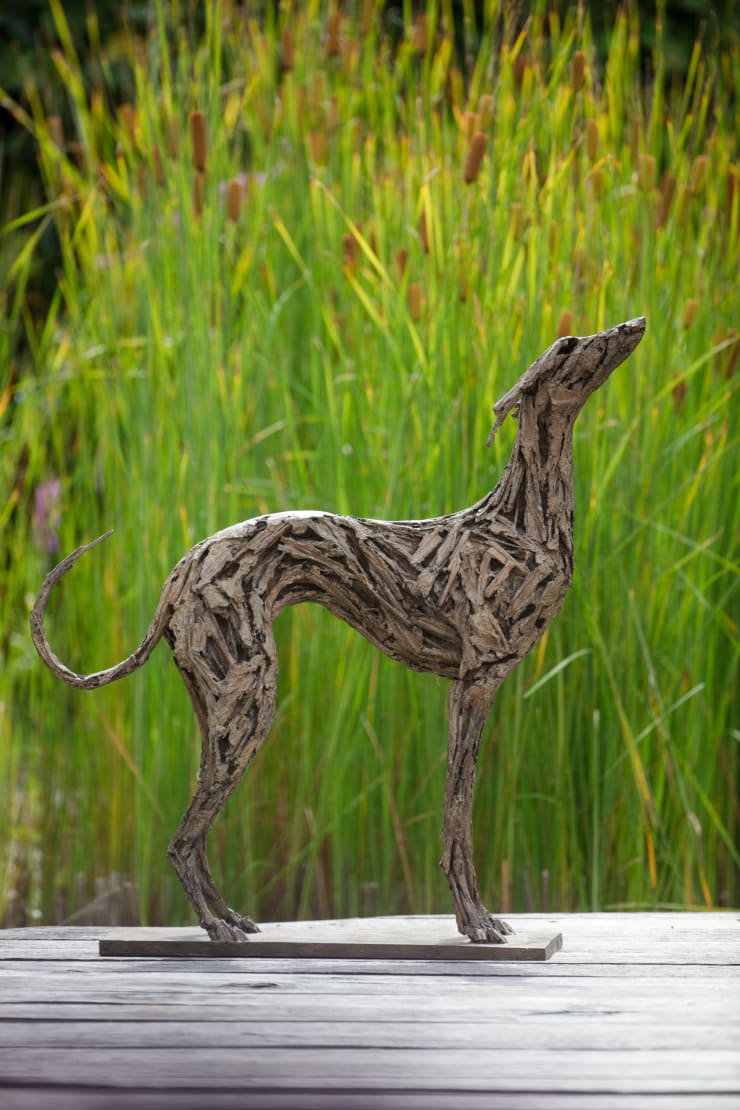-
WHAT MADE YOU BECOME A SCULPTOR?
I grew up in rural Wales and from an early age I spent much of my time outdoors, interacting with nature. My parents were self-employed within industries that were creative and physical, so I spent a lot of time observing and absorbing this environment, which instilled in me a sense of curiosity and a desire to explore the materials that surrounded me. I vividly recall the swallows returning each year, having flown 8,000 miles from South Africa, to rebuild their mud nests in the eaves of our house and barns.
In my younger years I loved to draw and was always copying images from books. When I came to study art at school, I had an excellent teacher, John Exton, who saw a physicality in my charcoal drawings which he felt would transfer well to sculpture, and so he introduced me to the medium. That was the start of my sculpting journey.
-
-
HAVE YOU ALWAYS LOVED SCULPTING ANIMALS?
Yes, I have always found animals to be a source of inspiration and fascination. Since birth, they were a constant presence; domestic, wild and livestock. Our dog Mulligan was my earliest companion – before I was even old enough to have human ones! For me, animals are an intrinsic part of the landscape and daily life, inextricably linked to the history of place and people. They have heightened my understanding of our connection with nature and place within it. In this regard, I have always been fascinated by the place of animals within social anthropology.
I constantly seek new stories to tell through use of the animal form, that invite us to explore the connections between species and the physical world we inhabit. For millennia, the animal kingdom has held a special place in the human imagination due to their unique abilities and behaviours. I think that this sense of wonder and a desire to connect with their otherness still captivates us.
-
WHAT IS THE STARTING POINT FOR EACH SCULPTURE - IS IT CLOSE OBSERVATIONAL STUDY OR RECOLLECTION AND IMAGINATION?
The way I arrive at an idea for new work varies from piece to piece but has definitely evolved over time. For some years now, I have lived and worked in London, where I do not have access to everyday observation of animals in the landscape as I once did, so memory, folklore and imagination have played an increasing part in the ideas and narratives that feed into my work. The urban landscape in which I currently live has opened up different perspectives and contemplations on the relationship between humans and animals within different environments.
-
-
YOUR WORKS HAVE AN UNUSUAL SURFACE TEXTURE. CAN YOU TELL US A LITTLE ABOUT YOUR MAKING PROCESS?
I first started using straw in my early sculpting years – there were bales stored in the barn next to our house, so it was a readily available source material! Mixing it with plaster was the logical binding medium. I experimented with hay too but found it to be too stringy and lacking in structural rigidity. I also now work with clay.
I continued to develop my method of sculpting with straw and plaster whilst at university, where I learned how to weld and started to construct stronger and more complex armatures, allowing me to create more elaborate forms with more movement.
Wrapping the armatures in chicken wire to create a sort of exoskeleton allows me to build the materials up across the surface as thinly or sparsely as desired without fear of the work collapsing. This is what enables me to create a sense of fragility and delicacy in the works. Essentially, I began casting works in bronze to allow me to maintain the fragile quality within a strong and resilient format. I like the optical illusion this creates.
I often use the same combination of chemicals and colours to patinate the bronzes. I apply them using a specific technique, to help bring out the finer textures within the worked surface, creating a sense of the piece being made of an organic material such as wood or stone. I like the notion that one might feel that if they cracked the sculpture open, the inside would be of the same colour and texture as the outer surface.
-
WHAT ARE YOU WORKING ON AT THE MOMENT?
I’m currently working on several different pieces. I often have more than one piece in development at any time, as it is helpful to be able to step away from a work for a bit and go back to it with fresh eyes. Too long looking at the same form can start to distort your perception of which parts are working and which are not. I am particularly excited to be working on a piece using the bee form as subject matter because this is the first time I have explored insects within my sculptural work.
Introducing: Joseph Paxton
Current viewing_room








